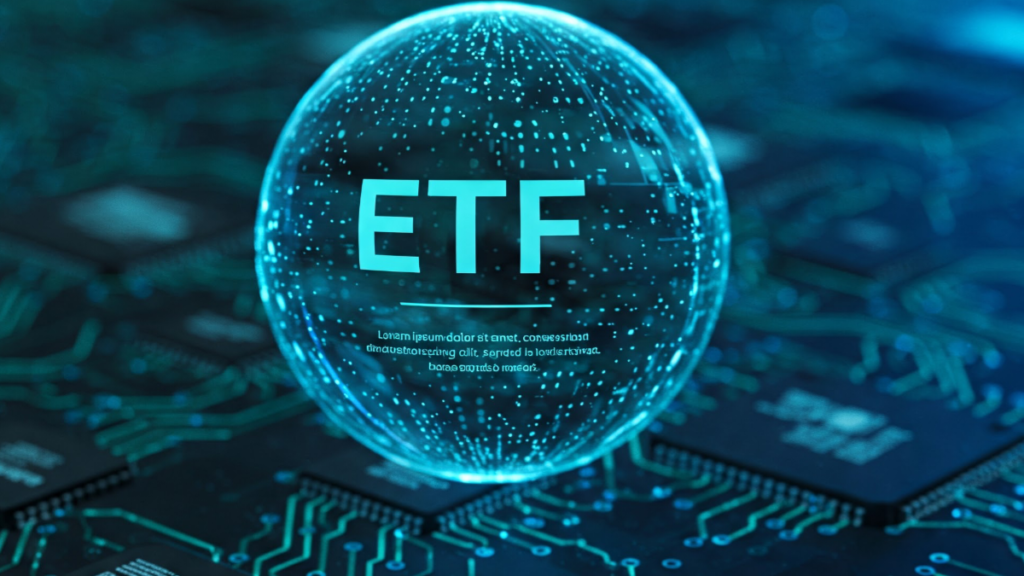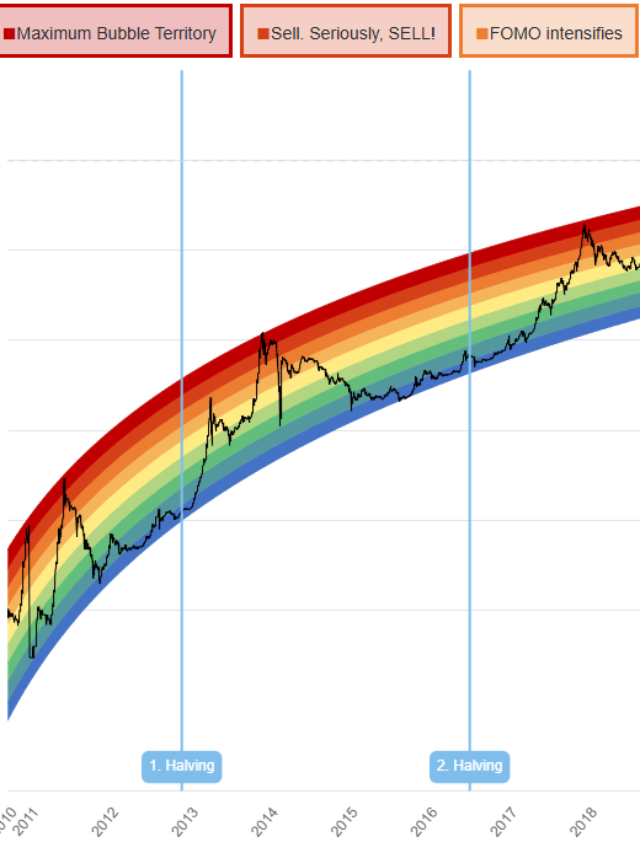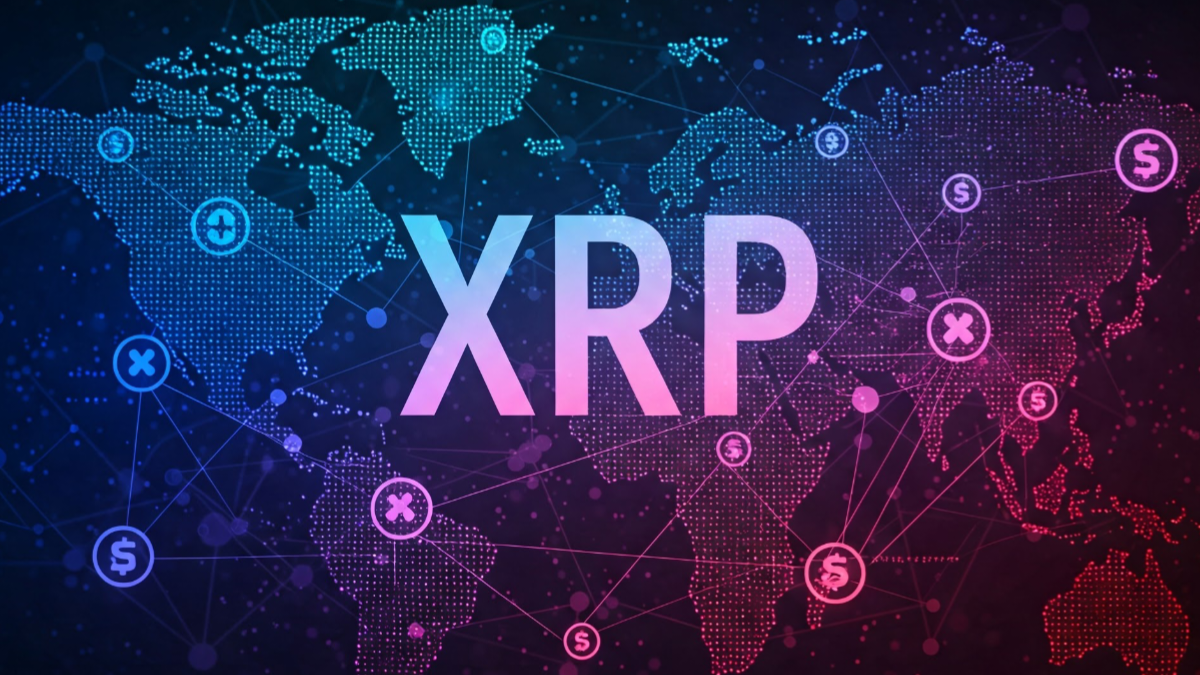Understanding the XRP ETF
The XRP exchange-traded fund (ETF) is a way for people to invest in XRP, the cryptocurrency associated with the Ripple network, without having to buy or hold the digital currency. Like other ETFs, it will allow investors to buy and sell shares on stock exchanges, just like stocks or bonds, making it easier to track the performance of an asset.
While interest in an XRP ETF has grown, it has been difficult to make it a reality due to legal challenges regarding the status of XRP, especially in the United States. This overview will look at the setup, benefits, risks and regulatory factors involved in an XRP ETF.
1. What is an ETF?
An exchange-traded fund (ETF) is a type of investment fund that trades in the market and typically holds various assets, such as stocks, commodities, or cryptocurrencies. The main attraction of an ETF is that it lets investors buy and sell shares without needing to deal with managing the underlying assets. For example, a Bitcoin ETF would allow people to invest in Bitcoin indirectly through shares of the fund, rather than owning Bitcoin directly.
For XRP, the goal would be to create an ETF that holds XRP as its primary asset, allowing investors to profit from XRP’s price changes without the hassle of owning or managing the cryptocurrency directly.
2. Overview of XRP and the Ripple Network
- XRP is a digital currency used on the Ripple Network (RippleNet), primarily for instant and low-cost international payments. Unlike cryptocurrencies like Bitcoin, which focus on person-to-person transactions, XRP is used by financial institutions for smooth transaction processes.
- Ripple Labs, the company behind XRP, plays a key role in the crypto space, collaborating with banks and payment services globally to integrate RippleNet for cross-border transactions.
–
3. Benefits of an XRP ETF
1. Access for large investors:
- Opening the doors: An XRP ETF would provide institutional investors, such as hedge funds and pension funds, a path to invest in XRP without the challenges of directly managing the digital asset. Many traditional investors find wallets and private keys complicated, but an ETF would help address those concerns.
2. More Market Activity:
- Boosting Liquidity: Launching an XRP ETF could increase market activity, allowing large investors to buy or sell XRP more easily and possibly stabilize its price.
3. Regulatory Trust:
- Gaining Legitimacy: For the XRP ETF to move forward, it will likely need approval from financial authorities such as the U.S. Securities and Exchange Commission (SEC). If approved, it could provide XRP with more legitimacy and help clear up some of the legal confusion around its status.
4. Easier Market Entry:
- Simplified Access: The XRP ETF would give investors an easy way to get involved in the cryptocurrency market without having to deal with the complexities of buying and storing cryptocurrencies.
5. Convenience Factor:
- Streamlined Investment: Investing in an XRP ETF will be straightforward, especially for those unfamiliar with cryptocurrency exchanges or wallets.

4. Challenges and Risks of an XRP ETF
1. Legal Hurdles:
- Ongoing SEC Case: A major challenge for the XRP ETF is the legal battle between Ripple Labs and the SEC. In December 2020, the SEC claimed that XRP is a security and should be treated as such. If the SEC wins, it could limit XRP’s market appeal. Conversely, if Ripple wins, it could open the door for more XRP-related offerings, including ETFs.
- Global Outlook: While the SEC’s view on XRP is controversial, other regions may be more receptive to launching XRP-related products. Europe and Asia could be at the forefront of this if the regulatory picture becomes clearer.
2. Price Volatility:
- Crypto Volatility: Like many cryptocurrencies, XRP can see sharp price swings. This could be a concern for ETF investors as large price fluctuations could also impact the value of the ETF, making it less suitable for cautious investors.
3. Competitive ETFs:
- Market Competition: There are already popular Bitcoin and Ethereum ETFs that attract attention. An XRP ETF would need to stand out in this crowded field, and XRP’s smaller market size compared to Bitcoin and Ethereum could limit its attractiveness to some.
4. Security Issues:
- Custody Challenges: ETFs that hold cryptocurrencies require secure solutions to protect underlying assets like XRP. Because cryptocurrencies are decentralized, finding a reliable storage option for XRP can be difficult.
5. Regulatory Landscape and Future Outlook (2025)
As of 2025, the regulatory situation for XRP remains unclear, particularly in the U.S. Ripple has achieved some legal wins, including a mid-2023 decision where a judge ruled that XRP sold to individual investors on exchanges isn’t a security. However, the legal battles continue, and a final decision could take years, significantly affecting the chances of an XRP ETF in the U.S.
Key Developments and Updates:
SEC Case: The SEC’s decision could greatly influence Ripple’s ability to introduce an XRP ETF in the U.S. A win for Ripple might clear a path for the ETF since XRP would not be classified as a security anymore.
Global Opportunities: Countries like **Germany**, **Switzerland**, and **Singapore** are more progressive with cryptocurrency regulations, so an XRP ETF might launch there before it finds its way to the U.S. market.
**No Official ETF Yet:**
Current Status: As early as 2025, **no XRP ETFs** have been approved or launched by regulatory bodies, either in the U.S. or elsewhere. However, many analysts believe that once regulatory issues are resolved, an ETF could significantly boost XRP’s market presence.
Key factors influencing ETH price and value in 2025 bull run
6. Looking Ahead
In the short term, creating an XRP ETF relies heavily on resolving Ripple’s legal challenges with the SEC. Once the legal landscape clarifies, Ripple might team up with financial institutions to push for an ETF, or other companies could take the initiative. The possibility of an XRP ETF hinges on:
Clear legal guidelines regarding Ripple’s regulatory situation.
Interest from investors for a more regulated way to invest in XRP.
Openness to regulation in essential markets.
Conclusion
While the **XRP ETF** hasn’t materialized yet, it has the potential to change how investors engage with this asset. Legal resolutions, regulatory approvals, and increasing institutional interest could eventually make the XRP ETF a reality. Until XRP’s legal matters are sorted and there’s a solid market demand for this type of investment, the ETF remains just an idea.







One thought on “XRP ETF: The Potential, the Challenges, and What’s Next for Ripple”